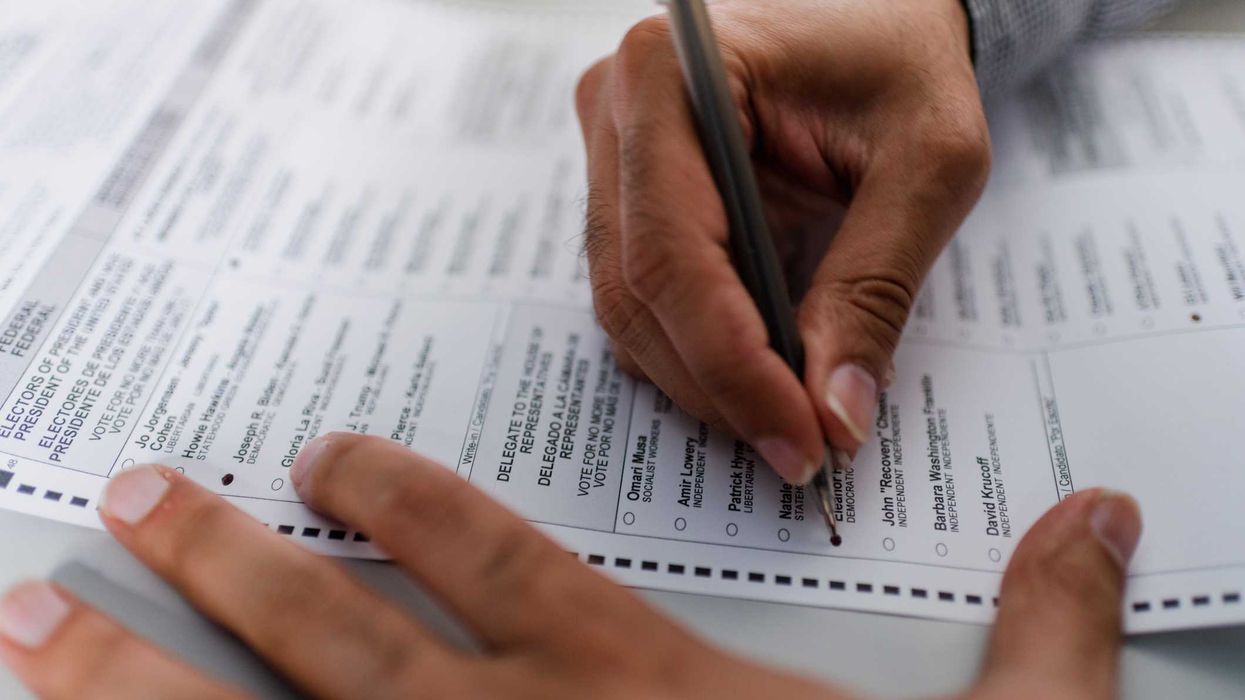Kizzy Albritton, PhD, is a Public Voices Fellow of The OpEd Project at the University of Texas at Austin and an Associate Professor of School Psychology in the Department of Educational Psychology.
Silencing Black and brown voices is not new, but it must not succeed in America today.
A county in Texas recently decided to have its library system remain open after proposing a shutdown to avoid an order from a federal judge requiring 17 previously banned books be returned to library shelves.
Lawmakers in Missouri are seeking to essentially defund public libraries in a proposal that would withhold state funding. And textbook publishers are looking to rewrite Black history in response to Florida’s Stop Woke act.
Over the last two years, there has been a growing list of book bans within publicly funded educational spaces and books written by Black and Brown authors have been targeted repeatedly.
While proponents of these book bans argue that the goal is to protect “innocent children” from sensitive topics, these acts are the latest form of educational oppression and an attempt to silence and exclude the voices and contributions of Black and Brown individuals.
According to PEN America, 1,648 books were banned between July 2021 and June 2022. Of those 1,648 books, 40% included protagonists or prominent secondary characters of color, 21% focused on issues of race and racism, 10% were related to rights and activism, and 4% included characters or stories highlighting religion of individuals from ethnically minority backgrounds.
Currently 32 states have banned books and Texas leads all states with approximately 800 banned titles across 22 school districts.
While most banned titles are books written for young adults, literature for younger children is being targeted also with picture books and chapter books representing approximately 30% of banned titles.
For example, “This is Your Time,” a children’s book by civil rights activist Ruby Bridges, has been banned in many classrooms across the country. The banning of books written by Bridges is significant as she was the first Black child to bravely integrate an all-white public school in Louisiana at just six years of age.
So not only do some want to rewrite Black history, they also want to ban books written by Black icons in American history. It is essential to remember that Black history is also American history.
Historically, silencing and exclusion of Black voices included the use of anti-literacy laws to prevent enslaved Black individuals from learning to read and write. The targeting of books written by, and about Black individuals is just a modern-day version of that law.
Banning books is harmful to all students but disproportionately impacts Black and Brown children in several ways, particularly given the continued fight for equitable public education.
Although Black and Brown students bring tremendous strengths to the classroom, they continue to experience academic disparities due to ongoing systemic and structural barriers.
Banning books by Black authors or ones that center on the voices of Black and Brown children is yet another barrier that Black students are forced to overcome. This only further perpetuates racism and anti-Blackness and tells Black students that individuals who share their lived experiences are not valued.
Books provide a unique opportunity to explore worldviews and perspectives that might diverge from their traditional ways of thinking. Banning books eliminates this opportunity and further silences voices that have been traditionally marginalized and underrepresented.
To be sure, many books written by Black and Brown authors do not appear on the growing list of banned books. However, the most recent dispute in Texas illustrates that the fight over book bans is far from over.
As educators it is critical not to remain silent as books are a core foundation of the learning process. Many school districts have adopted “community review committees” to determine whether a book should be banned.
Ironically, most committees do not include educators who hold expertise regarding books, such as librarians. It is also unclear to what extent Black and Brown voices are represented on these committees across the country.
Black individuals-- particularly Black parents-- and educators are members of the community too, and our membership should be reflected on these review committees. Black and Brown children need to be protected too.


















